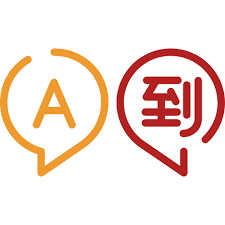In today’s globalized world, accurate communication is essential. This creates the need to translate texts from one language to another. However, not all translations are the same. The difference between human and automatic translation is deeper than it seems.

What is human translation?
Human translation happens when a person converts a text from one language to another. Human translators understand cultural nuances, local expressions, and specific contexts. They also adapt tone and style for the target audience.
For example, a translator knows when an idiom must be interpreted rather than literally translated. This ensures that the message keeps its original intention. It also guarantees that communication remains clear, natural, and effective.
What is automatic translation?
Automatic translation uses computer programs to convert texts between languages. Platforms like Google Translate or DeepL have improved greatly. Still, automatic translation lacks cultural sensitivity and context understanding.
Algorithms analyse millions of texts to match language patterns. They deliver quick results but often make serious mistakes. These mistakes can change the original meaning of the message.
Main differences between both
One major difference is understanding context. Human translators catch nuances, irony, and cultural references that machines cannot detect. This greatly impacts the final result.
Another important difference is quality. Human translation tends to be more accurate, natural, and easy to understand. Automatic translation, however, can sound robotic or incoherent.
The emotional factor also matters. A human translator can convey specific emotions and tones. Machines, so far, cannot completely replicate this.
Finally, there is the speed factor. Automatic translation is much faster. However, it often sacrifices quality for speed.
When to use each one?
You do not always need a human translation. For informal texts like quick emails or chats between friends, automatic translation may be enough. However, for legal documents, advertising campaigns, or medical texts, human translation is always the best choice.
A mistake in a contract or medical prescription can have serious consequences. This is where the quality of human translation becomes indispensable.
Advantages and disadvantages
Human translation offers quality, cultural adaptation, and precision. However, it tends to be slower and more expensive.
Automatic translation provides speed and low cost. Nevertheless, it carries risks of mistakes and misunderstandings.
Conclusion
The difference between human and automatic translation lies in precision, cultural sensitivity, and overall quality. Choosing between them depends on the text’s importance and the communication goal.
When accuracy matters, human translation remains unbeatable. Therefore, assess your needs carefully before choosing one option.



